The way you design and decorate your home plays a significant role in how it’s perceived, both by you and by others. While certain budget-friendly choices can add personality and charm, some interior design trends may unintentionally give your space a cheap or dated look. Whether it’s overusing trendy pieces or relying too heavily on mass-produced items, these design missteps can undermine your home’s overall style and sophistication. In this article, we’ll highlight common interior design choices that could be making your home look less polished than you might think.
1. Overcrowding Furniture
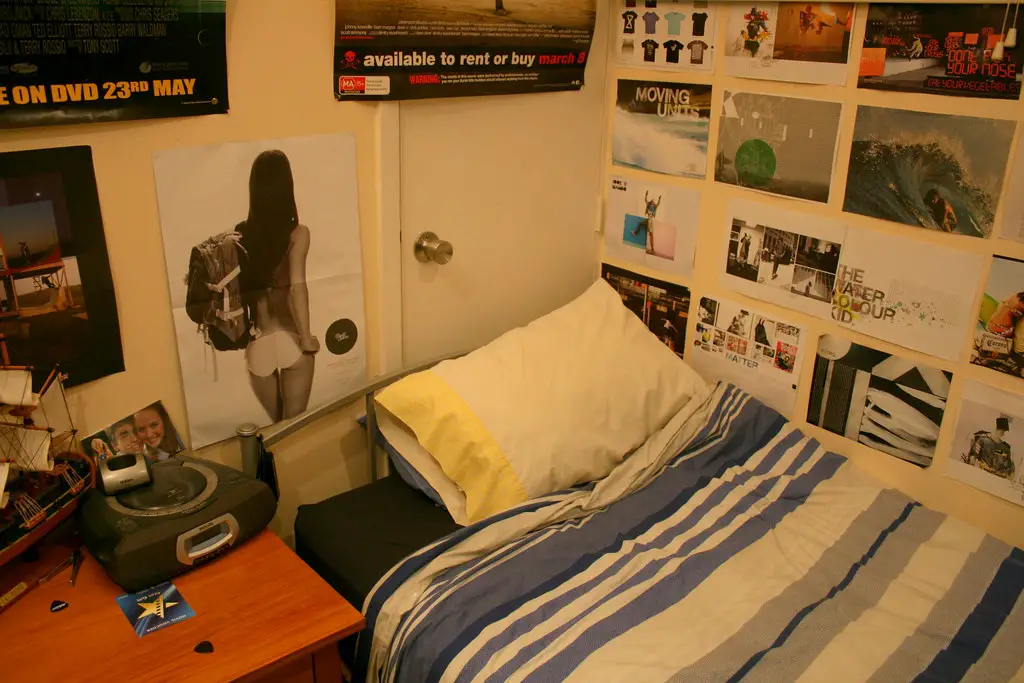
Packing too much furniture into a room can make it feel cramped and overwhelming. Instead of looking cozy, overcrowded spaces appear disorganized and difficult to navigate. Buyers or visitors may view such rooms as impractical and lacking intentional design.
As suggested by The Spruce, focus on creating open pathways and leaving negative space to allow the room to breathe. Use fewer, high-quality pieces instead of filling the room with excessive furniture. Thoughtful furniture arrangement can make even small spaces feel open, functional, and stylish.
2. Visible Clutter and Poor Organization
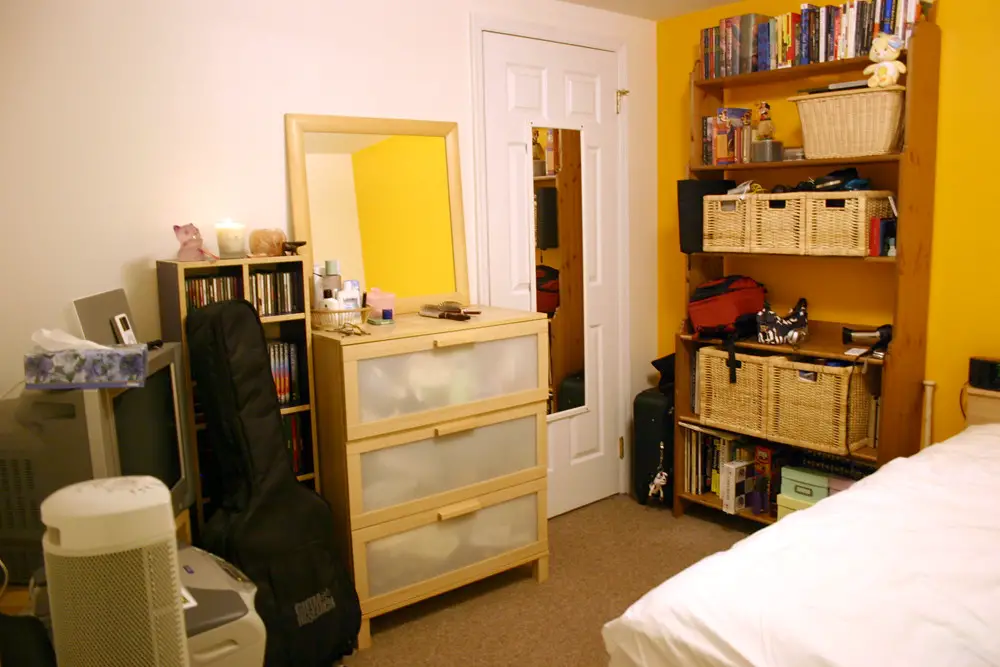
A cluttered home, no matter how well-decorated, instantly looks messy and cheap. Piles of mail, exposed cords, or overcrowded shelves can detract from even the most beautiful design choices. Disorganization can make spaces feel smaller and harder to use, leaving a negative impression on guests or potential buyers.
As noted by Marie Kondo, decluttering and organizing your belongings can significantly elevate your home’s appearance. Invest in storage solutions like baskets, bins, or hidden shelving to keep items out of sight. A clean, organized space looks more polished and creates a sense of calm and luxury.
3. Using Rugs That Are Too Small
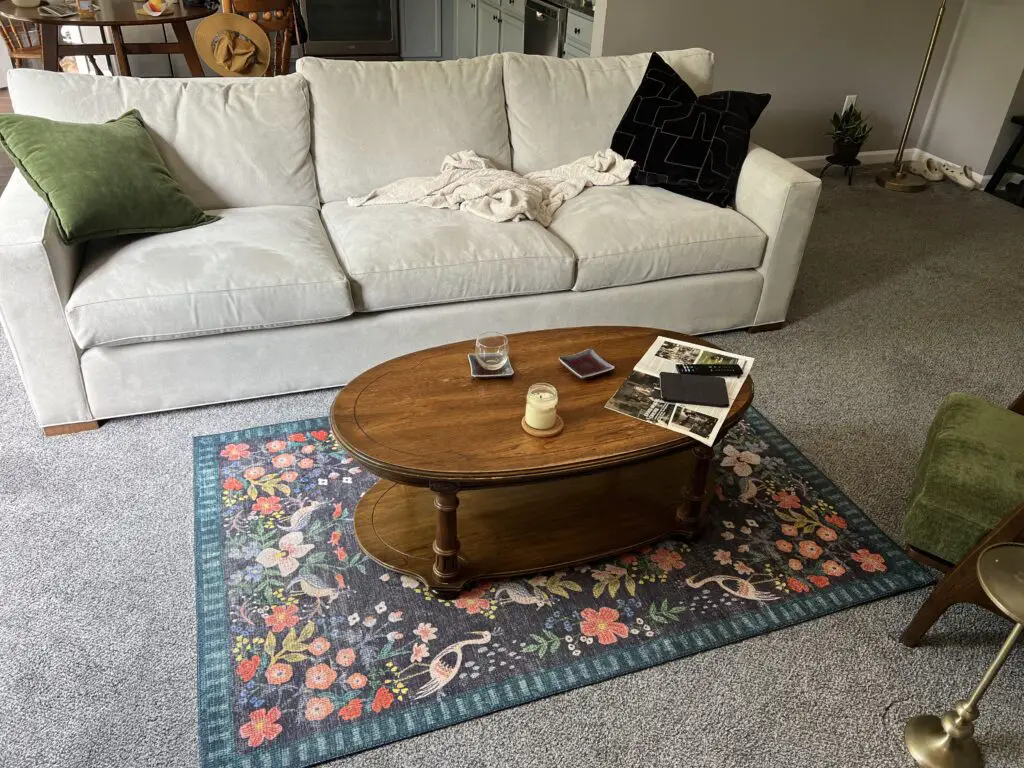
A rug that is too small for a room can throw off the proportions and make the space feel disjointed. In living rooms, for example, a rug that only fits under the coffee table but not the surrounding furniture creates a floating effect, making the room look less cohesive. Similarly, a small rug in a dining area can feel awkward and cramped.
According to The Spruce, the general rule for rugs is that they should be large enough to fit all key furniture pieces or at least the front legs of sofas and chairs. In dining rooms, the rug should extend at least 24 inches beyond the edges of the table to accommodate chairs. Investing in a properly sized rug can instantly make your home feel more luxurious and well-designed.
4. Overdoing DIY Projects
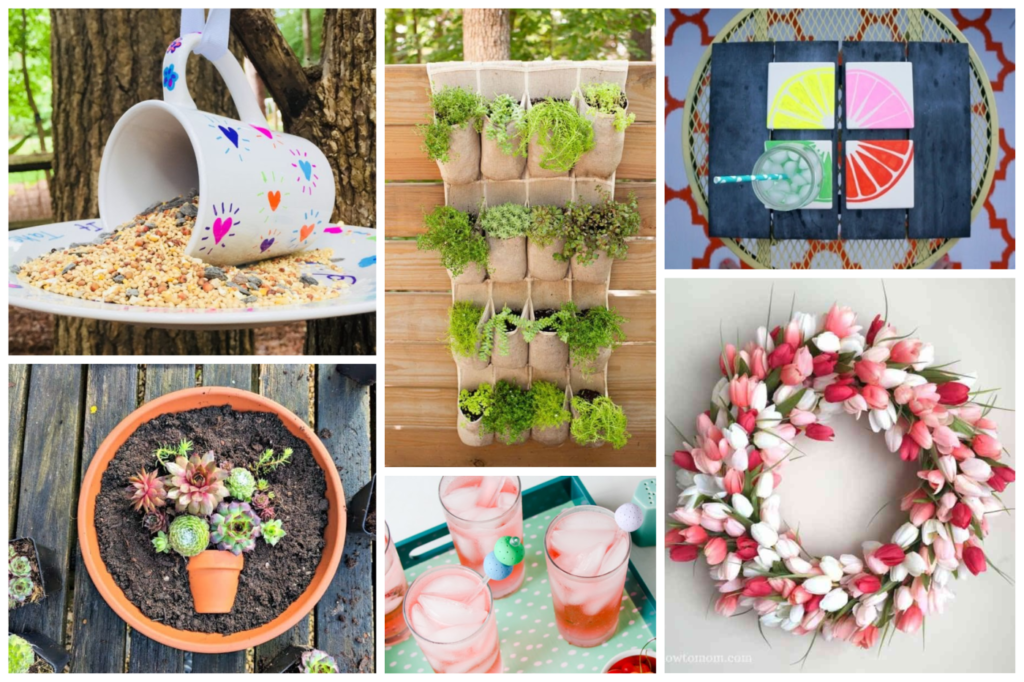
While DIY projects can save money and add a personal touch, too many amateur-looking crafts or poorly executed projects can cheapen your home’s appearance. Items like unevenly painted furniture, makeshift shelving, or mismatched décor pieces can make a space feel unfinished or cluttered. Overly trendy DIY projects may also date your home quickly.
As noted by Apartment Therapy, focus on a few high-quality DIY projects that align with your overall décor style. Avoid tackling tasks that require professional expertise, like plumbing or structural work, as mistakes in these areas can be costly to fix. When done thoughtfully, DIY projects can add charm without compromising your home’s aesthetic.
5. Too Many Fake Plants

While faux plants are a low-maintenance way to add greenery to your home, overloading a space with cheap-looking artificial plants can diminish its sophistication. Poorly made faux plants, especially those with plastic-looking leaves or unnatural colors, can make your home feel less inviting and less elegant.
According to Better Homes & Gardens, mixing high-quality faux plants with real ones can create a more balanced and natural look. If you prefer artificial greenery, invest in realistic options made from silk or other high-quality materials. Properly placing and dusting your faux plants can also enhance their appearance and keep your home looking fresh.
6. Hanging Art Too High
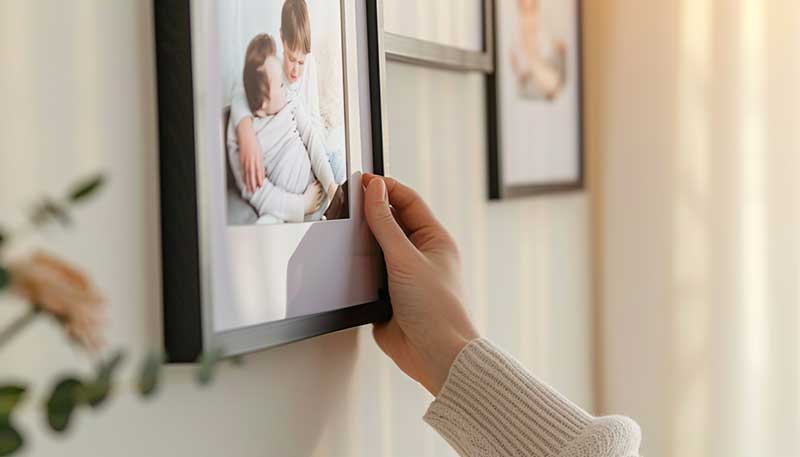
One of the most common decorating mistakes is hanging artwork too high on the wall. When art is placed far above eye level, it disrupts the visual balance of a room and makes the space feel disjointed. Properly placed artwork should be hung so the center is at eye level, roughly 57 to 60 inches from the floor.
According to Better Homes & Gardens, aligning art with furniture, such as positioning it just above a sofa or console table, creates a cohesive look. If you’re unsure about the height, try mocking it up with tape before hammering nails. Correctly hung artwork can instantly make your home feel more polished and intentional.
7. Using Oversized Furniture in Small Spaces

Filling a small room with oversized furniture can overwhelm the space and make it feel cramped. Large, bulky pieces like sectional sofas or massive dining tables may dominate the room, leaving little space for movement or additional décor. This mistake can make even the most beautiful furniture look out of place.
As noted by The Spruce, opting for scaled-down furniture designed for smaller spaces can create a more balanced and inviting environment. Consider multifunctional pieces, like storage ottomans or extendable tables, to maximize both style and functionality. Properly proportioned furniture makes any space feel more harmonious and expensive.
8. Too Much Matching

While a cohesive look is important, overly matching furniture, accessories, and textiles can make a room feel sterile and uninspired. A living room with a sofa, chairs, and ottoman all in the same fabric or a bedroom with perfectly matched bedding and curtains can lack personality. This “matchy-matchy” approach often looks more like a showroom than a lived-in home.
According to Elle Decor, incorporating a mix of textures, patterns, and colors adds depth and character to your space. Pairing contrasting elements, like a leather sofa with a woven rug or bold throw pillows, creates a dynamic and curated look. Embracing variety will elevate your décor and make your home feel more luxurious.
9. Ignoring Lighting Layers

Relying solely on one type of lighting—like harsh overhead lights—can make a space feel flat and uninviting. Proper lighting involves layering multiple sources, including ambient (overhead), task (reading or work areas), and accent (decorative) lighting. Neglecting this balance can leave your home feeling dim or overly bright in the wrong areas.
As highlighted by House Beautiful, adding dimmers, table lamps, and sconces can create a warm and versatile ambiance. Choose light fixtures that complement your décor style while ensuring they serve a functional purpose. Thoughtful lighting can instantly elevate your home’s atmosphere and make it feel more high-end.
10. Overloading on Accessories

While accessories can add personality to a room, overloading shelves, tables, and counters with too many items can make your home feel cluttered and chaotic. Too many knickknacks or poorly arranged décor can detract from your overall design and make spaces look cheap.
According to The Spruce, a good rule of thumb is to follow the “less is more” principle. Choose a few statement pieces and arrange them thoughtfully, leaving enough negative space for the eye to rest. Rotating accessories seasonally or periodically can also keep your home looking fresh and intentional.
11. Hanging Curtains Incorrectly

Curtains hung too low or too short can make ceilings feel lower and windows appear smaller, which diminishes the overall elegance of a space. Curtains should be hung high and wide to give the illusion of taller ceilings and larger windows. Short curtains that don’t reach the floor can look especially cheap and unfinished.
As suggested by HGTV, aim to hang curtain rods about 4–6 inches above the window frame and extend them several inches beyond the frame on either side. Use full-length curtains that lightly touch the floor for a polished, upscale look. This simple adjustment can dramatically enhance the sophistication of any room.
12. Using Too Many Trends

Decorating solely based on current trends can make your home look dated in just a few years. Popular trends, such as bold geometric patterns or all-gray interiors, may feel modern now but can quickly lose their appeal. A home that relies too heavily on trends often lacks the timeless quality that makes spaces feel elevated.
As advised by Elle Decor, focus on incorporating trends sparingly, such as through smaller accessories or accent pieces. Invest in timeless furniture and foundational items that will endure as trends change. This approach ensures your home maintains a classic, high-end look while still feeling current.
13. Neglecting Curb Appeal
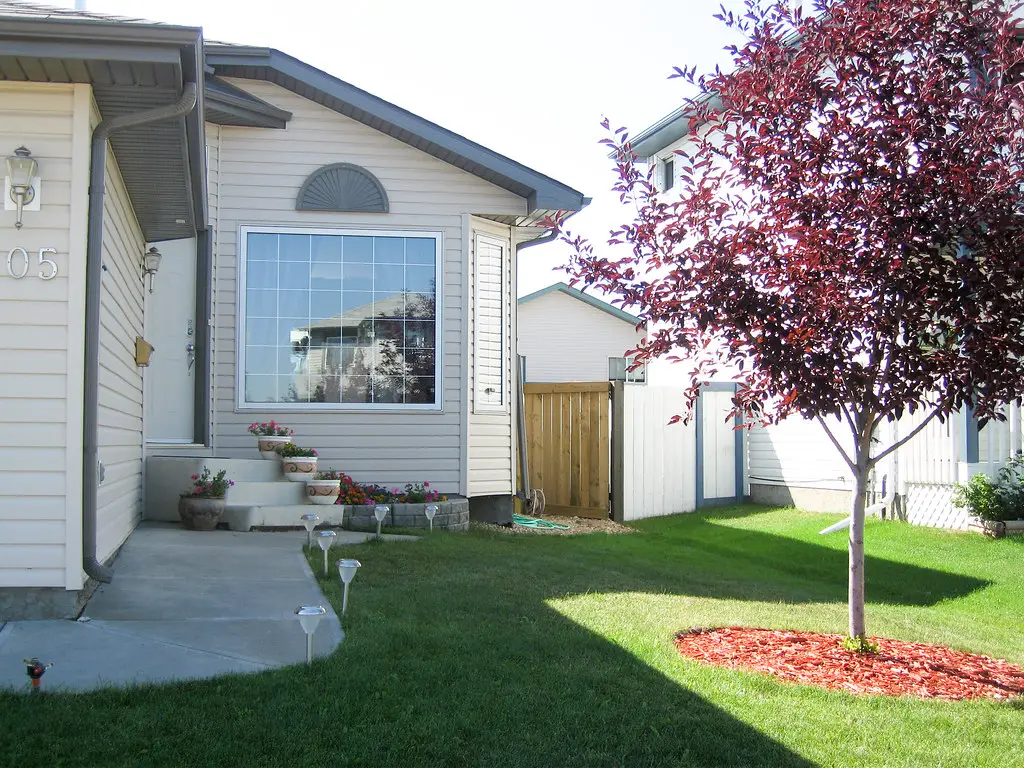
The exterior of your home is just as important as the interior, and neglecting it can make your property look cheap. Overgrown lawns, peeling paint, or cluttered porches can give a poor first impression to guests or potential buyers. Even a beautiful interior can’t compensate for a neglected exterior.
According to HGTV, simple updates like trimming hedges, repainting your front door, or adding potted plants can significantly improve your home’s curb appeal. Upgrading outdoor lighting or replacing an old mailbox are other affordable ways to enhance the look of your home. Prioritizing curb appeal ensures your home looks inviting and well-maintained.
